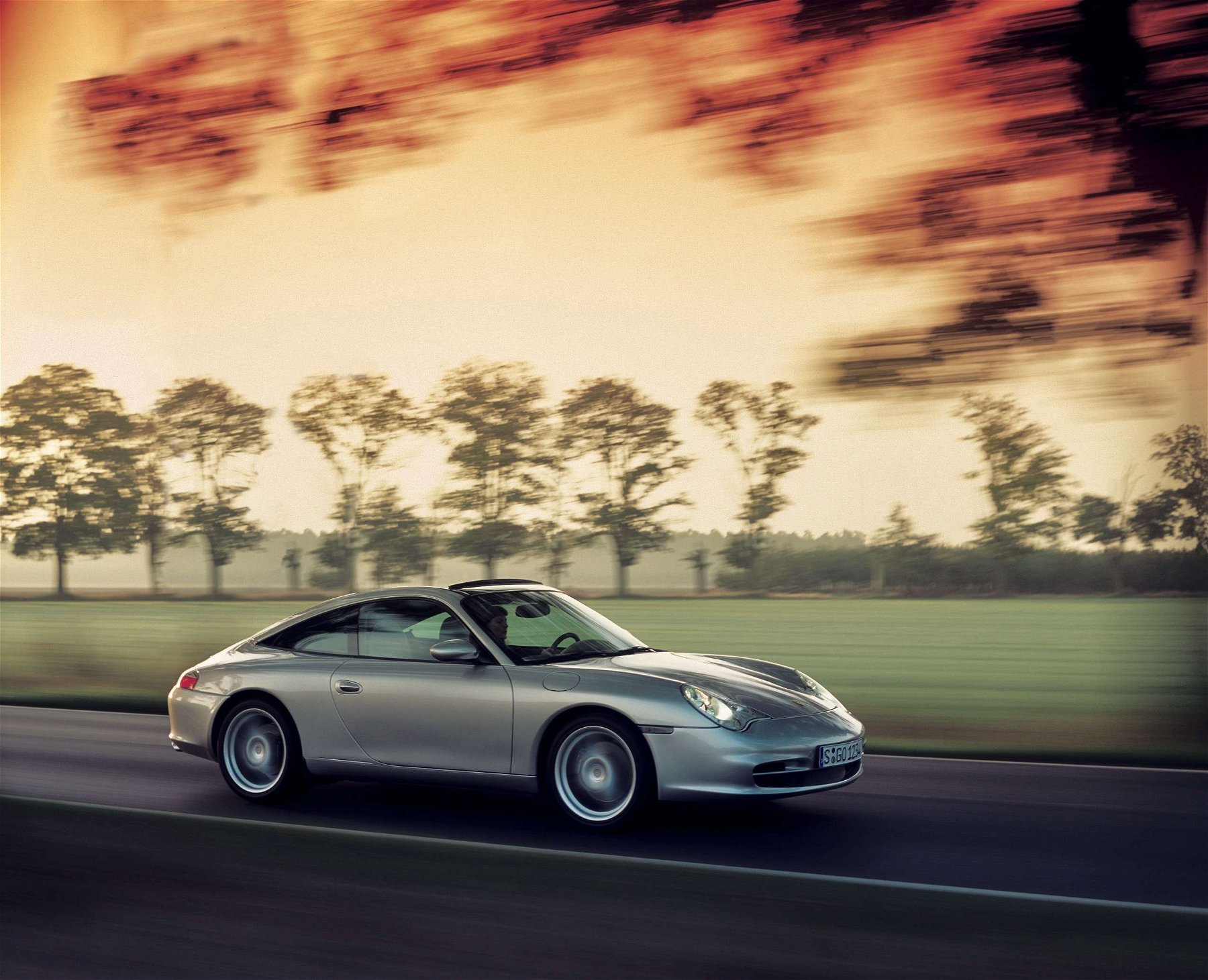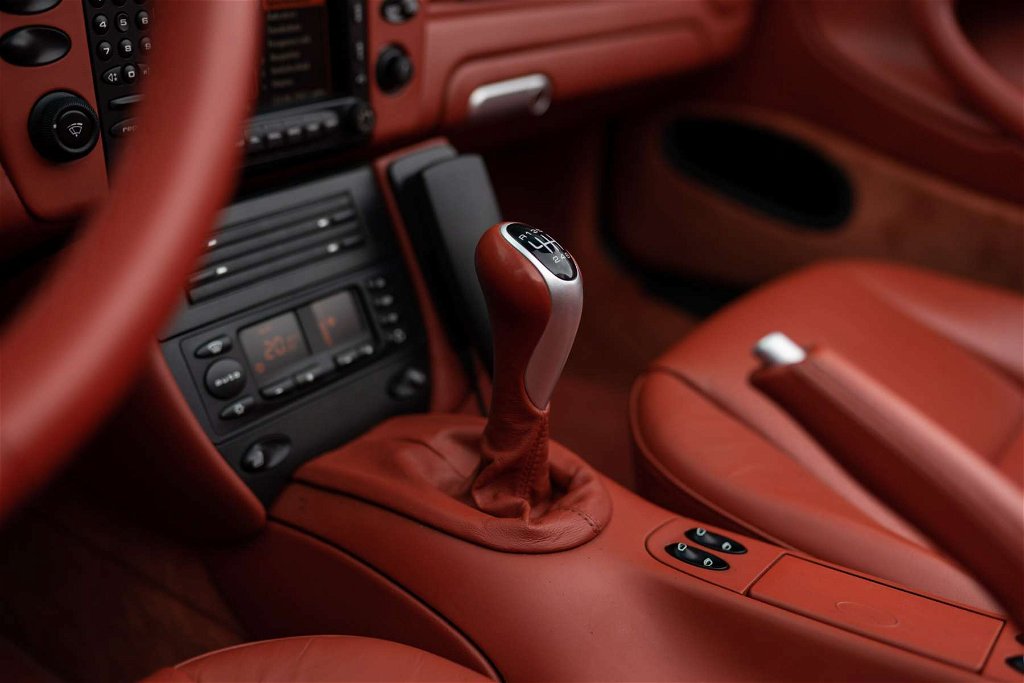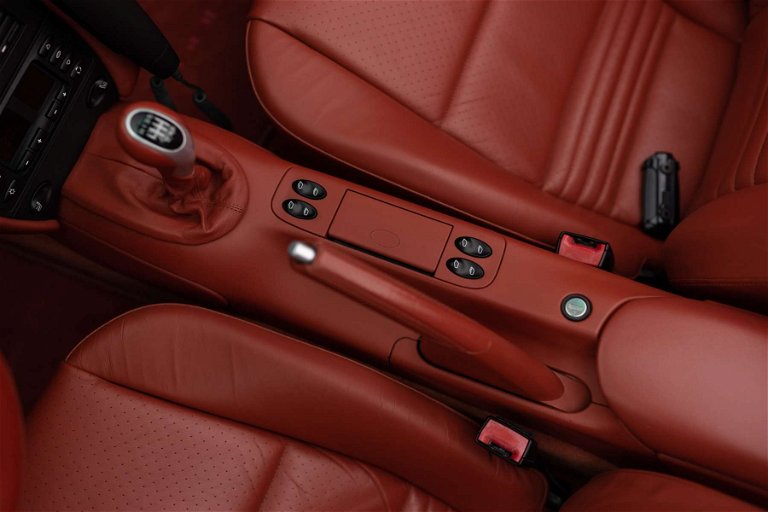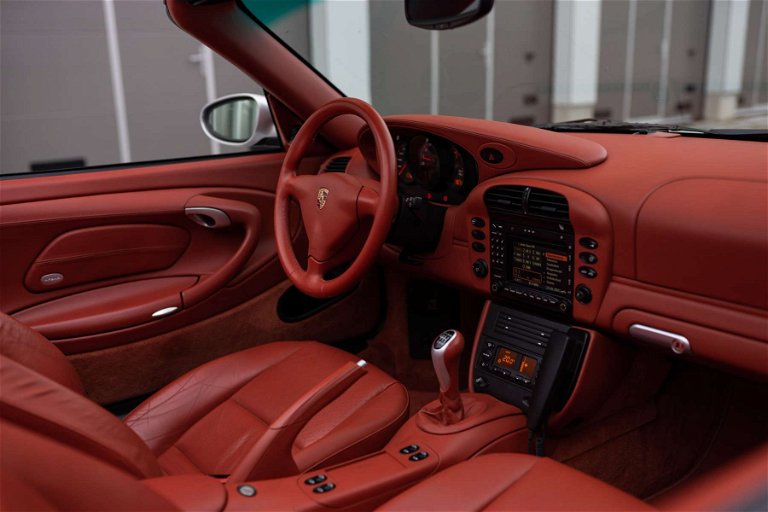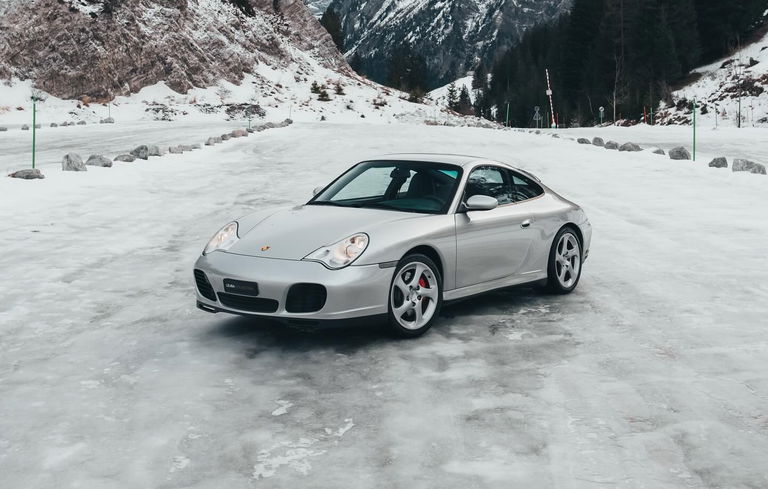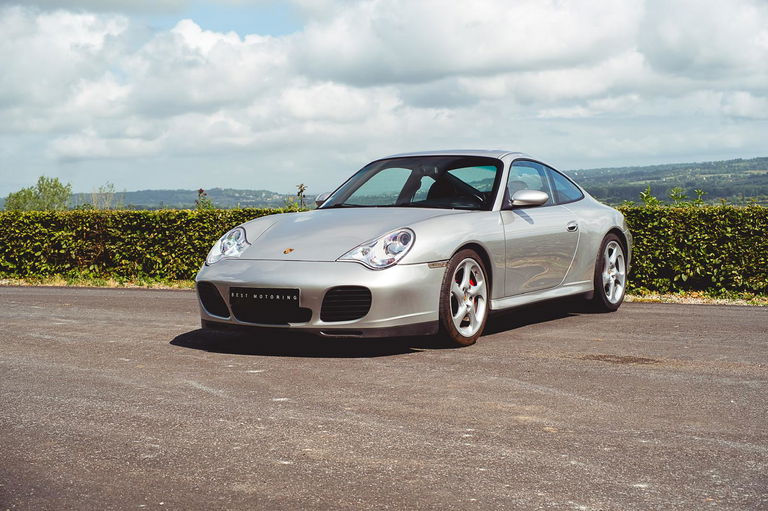Buy Porsche 996 Carrera 4S.
On the Elferspot Marketplace.
Sales of the Porsche 996 Carrera 3.6, the facelift model of Porsche’s first water-cooled 911, began in 2001 for model year 2002. It is also popularly known as the 996.2/996 Mk II Carrera. The revised 911 Carrera had newly developed headlights, minor improvements in the interior and also relaunched two legendary models with Carrera 4S and Targa. In the Porsche 996 Carrera 3.6 Buyer’s Guide, we tell you exactly what you should look out for when buying and where potential weak points lie.
What distinguishes the Porsche 996 Carrera 3.6 from the 996 Carrera 3.4?
As the name suggests, Porsche gave its 911 Carrera a bit more displacement its second generation. With 4.8 mm more stroke, the M96/03 engine had an increased capacity of 3,596 instead of 3,387 cc. The result was 20 hp more power and 20 Nm more torque, which was also applied 350 rpm earlier than on the predecessor.
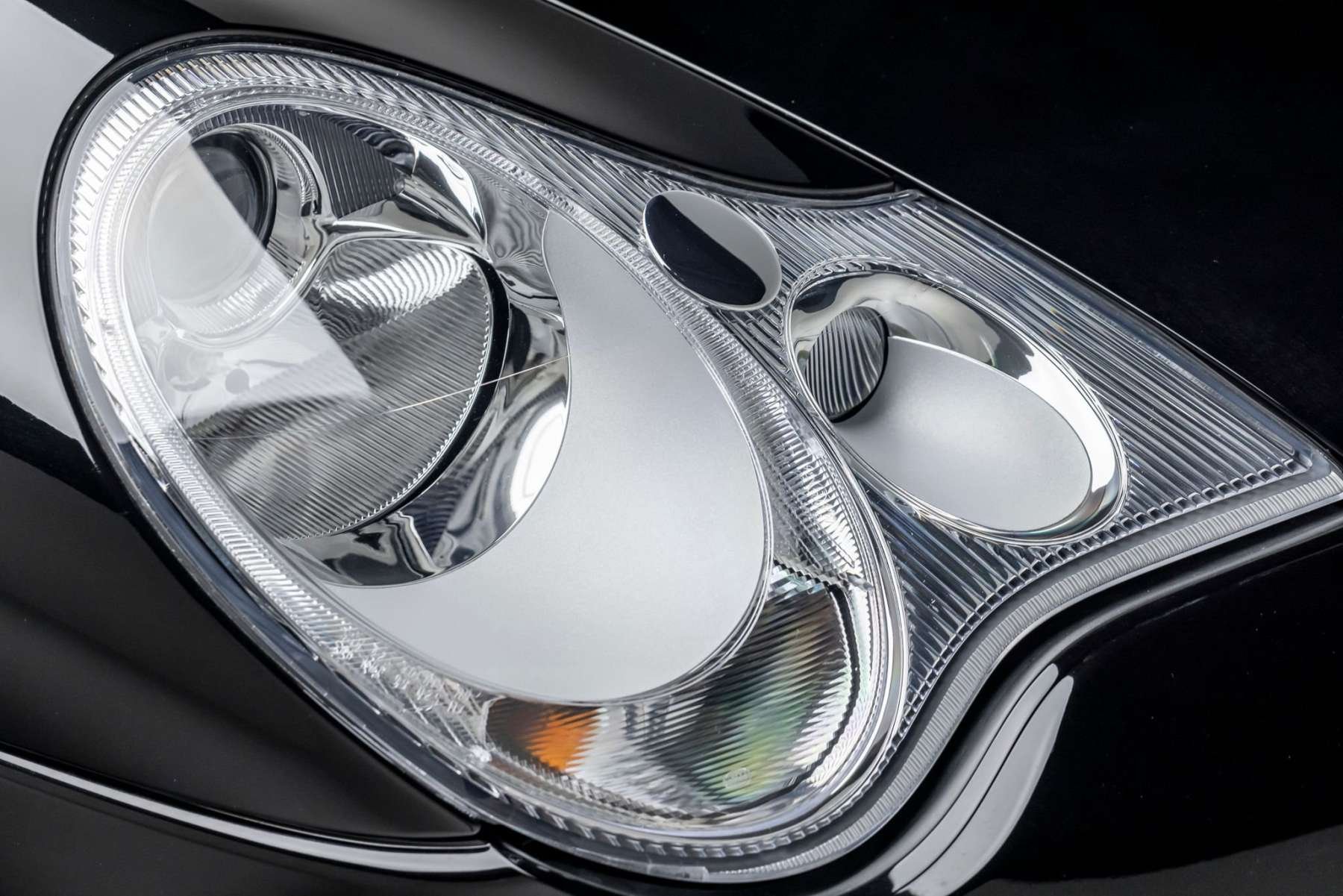
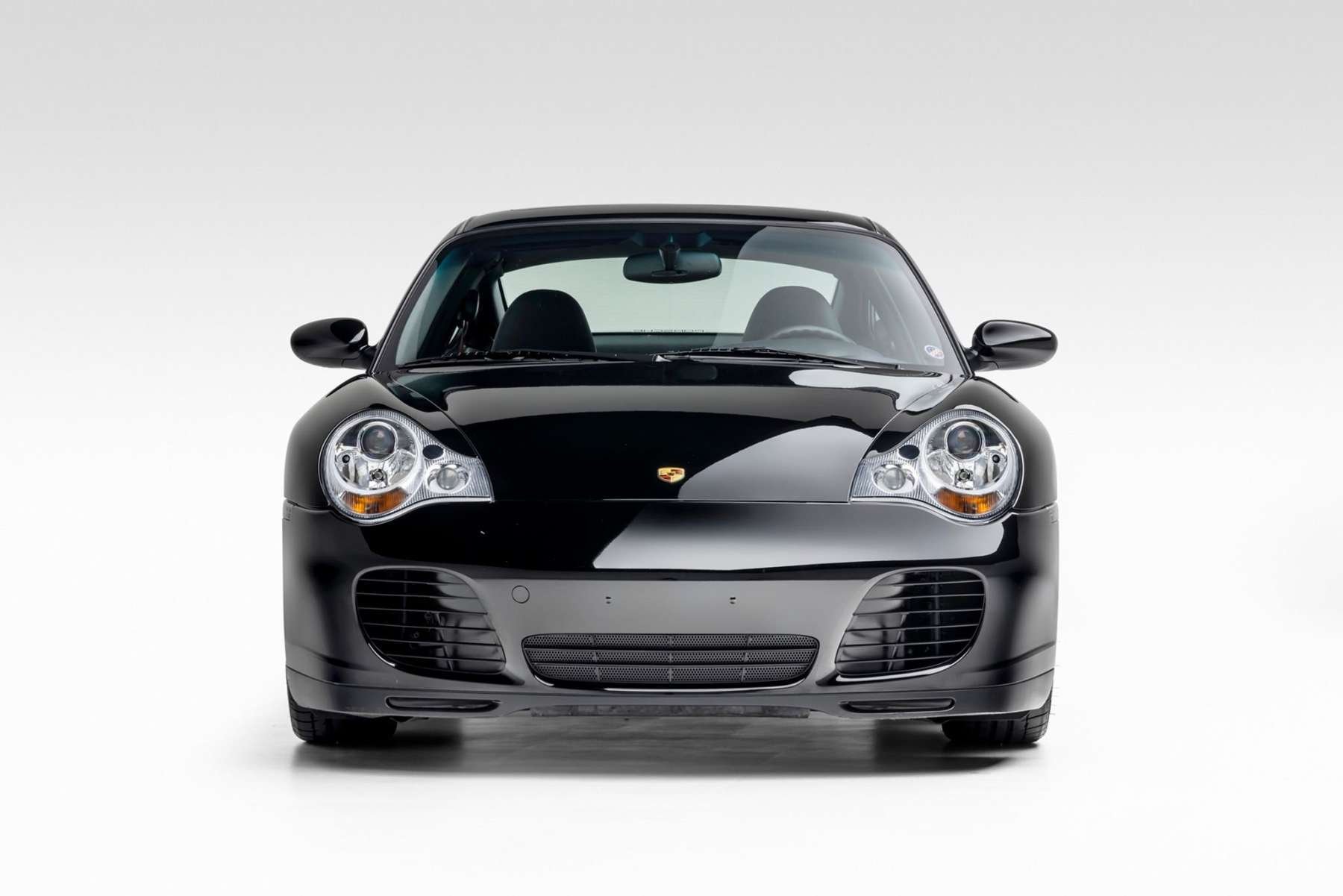
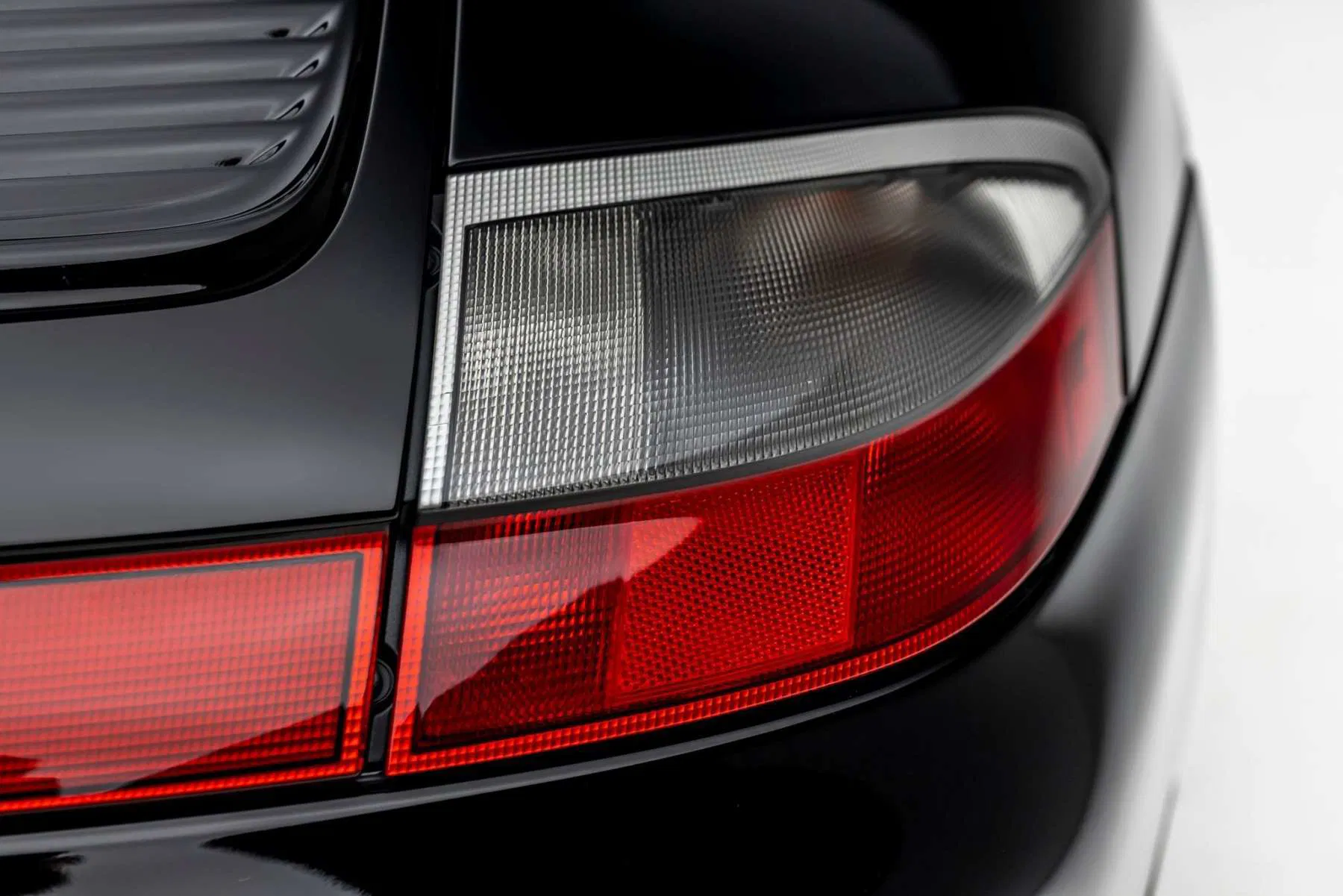
The most obvious change to the upgraded Porsche 996 Carrera was, of course, the headlights. Because from model year 2002, the Porsche 996.2 Carrera wore the same headlights as the 996 Turbo. Economic conditions allowed the abandonment of the extreme shared parts politics with the Boxster, so that the 911 regained more independence.
In the interior, the changes were less obvious. Porsche now installed the same speedometer unit with extended on-board computer in all models as in the 996 Turbo. Their engineers also finally added a glove compartment to the 996 Carrera 3.6. For more information and specs of all 996 models, follow this way.
Porsche 996 Carrera 3.6/4S (or 996.2 Carrera) Buyer’s Guide – Exterior
First things first: Corrosion is not really an issue on water-cooled Porsche 911s, even after 20 years. However, the windshield bezels can crack over time due to aging rubber. Then the metal inner part is exposed and can rust. Structurally, however, there is no reason for criticism. The body itself is excellently preserved.
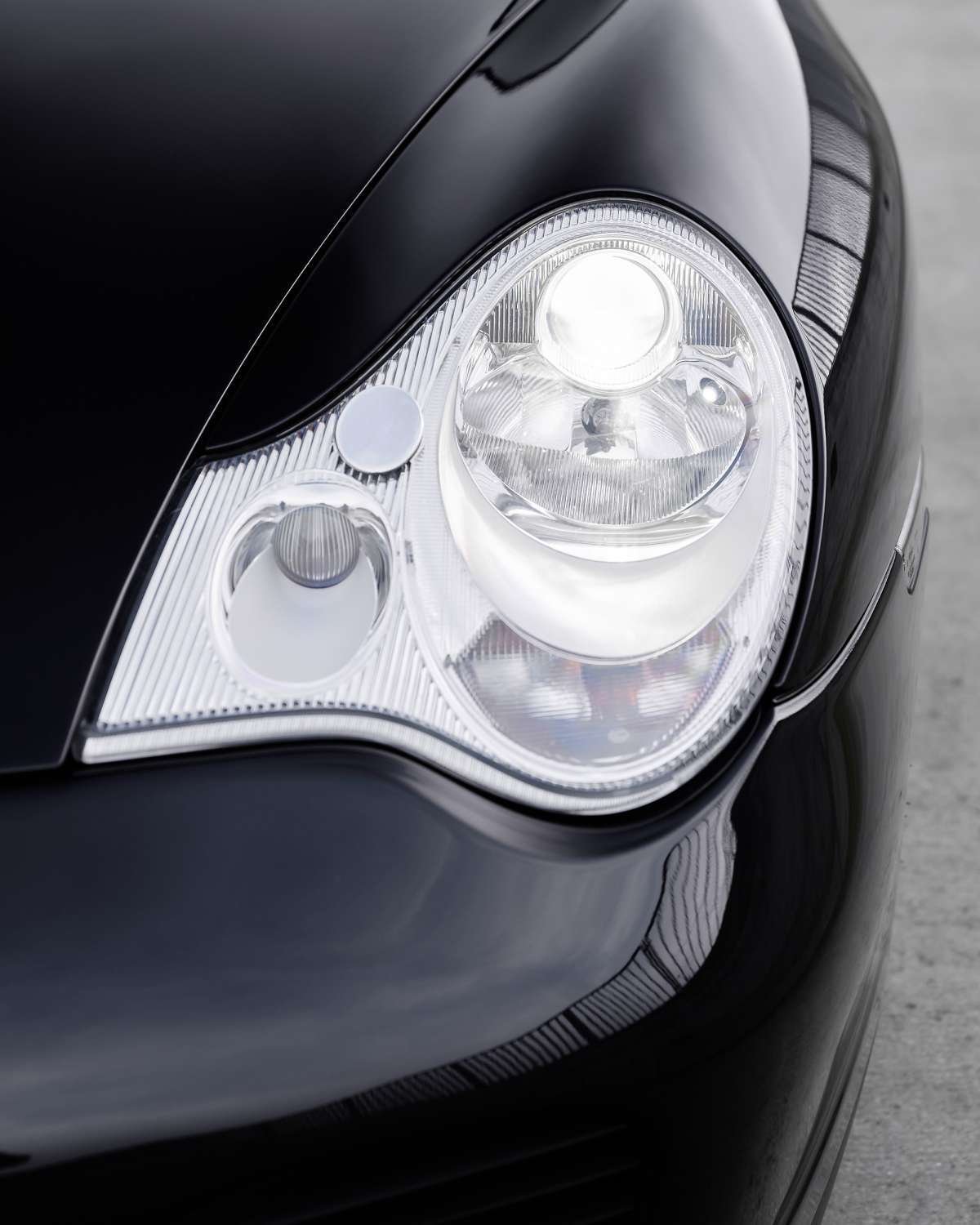
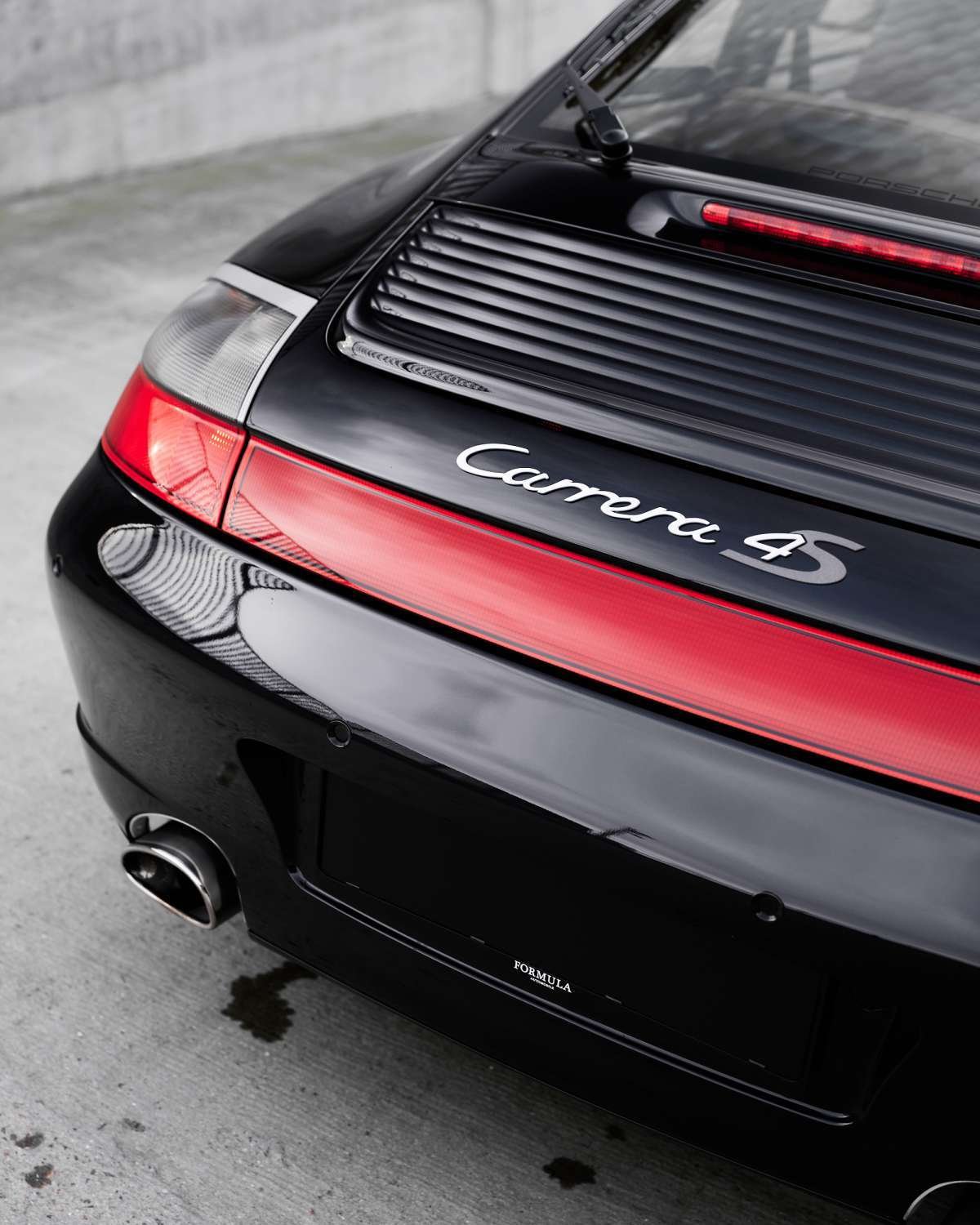
However, it happens that the panel gaps on the front end do not fit one hundred percent. This can have several reasons. Clearly, the most obvious thought is accident damage. But dismantling the front apron to replace the radiators and air-conditioning condensers can also leave uneven body gaps – if they are not fitted properly. This is particularly noticeable on the headlights with their many sweeps.
So the primary question is which body style you would prefer. The Carrera, Carrera 4 and Targa all have the narrow body. Only the Porsche 996 Carrera 4S has the wide rear end that was previously reserved for the Turbo. With the continuous light strip between the rear headlights, it picks up on an extremely popular styling element of the Porsche 993 Carrera 4S.
996.2 Cabrio und Targa haben nur wenige besondere Schwächen
The soft top on the Porsche 996 Carrera 3.6/4S Cabriolet itself is robust. However, the lifting/lowering mechanism can cause problems. If the soft top opens/closes slowly or no longer completely, this is often due to a lack of hydraulic oil. After filling the oil tank, the leak should be found immediately. The mechanism itself can also prevent you from enjoying fresh air while driving. Its plastic parts can break, but most of them are even available as individual parts for inexpensive repair.
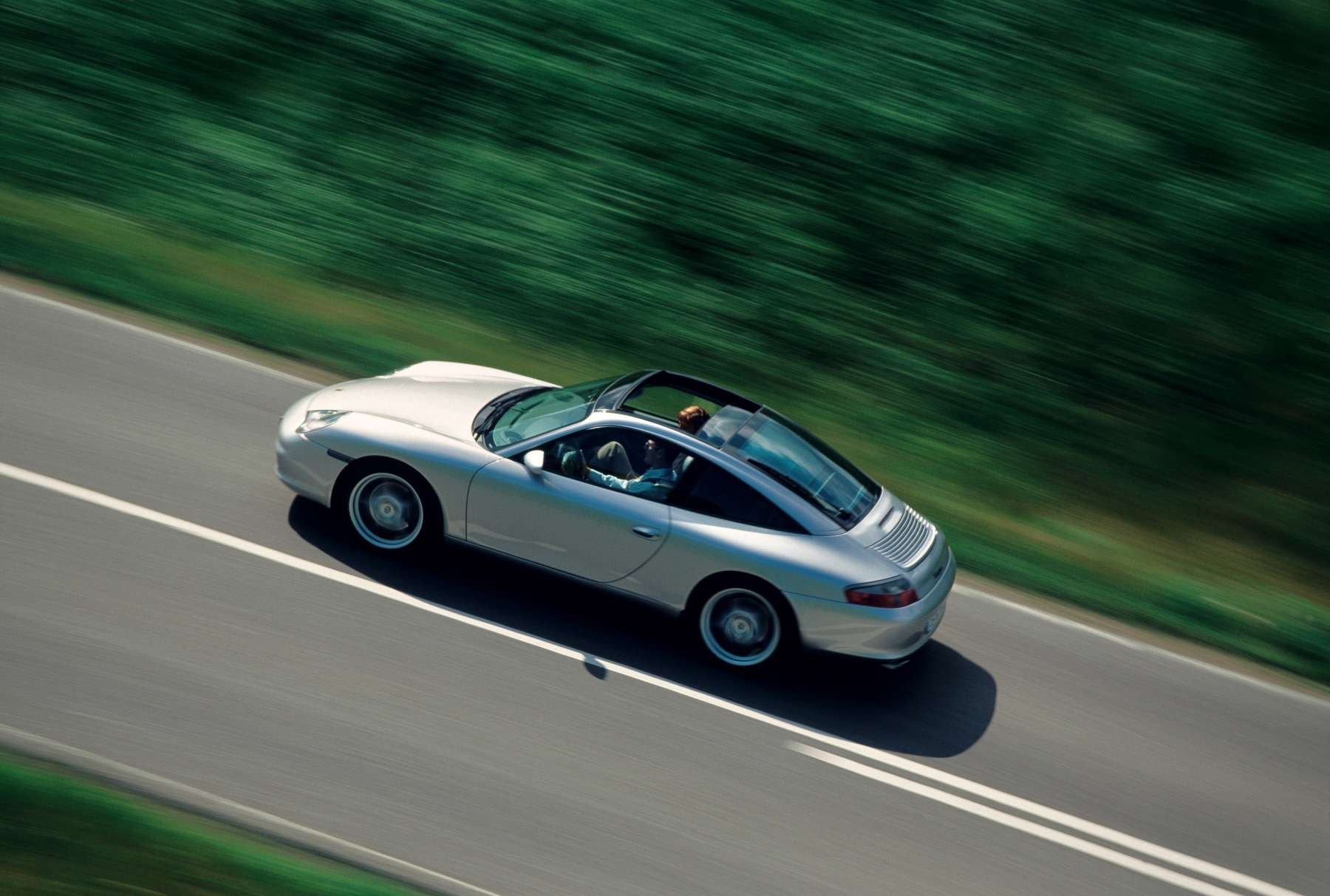
There are also regular difficulties with the 996 Targa. If the function of the glass roof becomes slower and slower, it helps to clean and lubricate. Strong wind noise can be caused by a defective seal to the wind deflector. On the other hand, a problem that some Targa owners have to live with is the frequently creaking Targa roof. There is no simple solution to this.
Porsche 996 Carrera 3.6/4S (or 996.2 Carrera) Buyer’s Guide – Interior
Since model year 2000, Porsche used soft touch paint as a surface finish for the interior’s plastic parts. As we know today, this becomes sticky and unsightly over the years. Especially the shift knob, hood release, Becker CDR radio and center tunnel (if not painted in some other way) like to look specky. But just as with the 997, there are a number of relatively inexpensive replacement and repair options on the market.
The three-spoke steering wheel is timelessly elegant and of high quality. With good care, it can withstand 200,000 kilometers and more before it needs to be re-leathered. Otherwise, the Porsche 996 Carrera 3.6 shares the same problems with its predecessor. For example, defective hinges on the rear storage compartment and speaker covers that are no longer available. The leather quality is basically good. Excessive wear is usually an indication of poor care or a lot of time spent in direct sunlight. If you like sporty driving, you should look for a vehicle with sports seats. The standard seats offer little lateral support and the sports seats are sensitively expensive on the used market.
Porsche 996 Carrera 3.6/4S (or 996.2 Carrera) Buyer’s Guide – Features & Electrics
Porsche did not make any major mistakes in the quality of the electrics and comfort functions in the facelifted 996. Dead pixels in the instrument cluster and air-conditioning control panel have to be forgiven here. After all, these cars are two decades old. If the air conditioning doesn’t cool, it’s often due to stone chips in the condensers. A look at the air intakes in the front bumper often clears things up quickly.
From time to time, headlights and the associated washer nozzles can fail. But malfunctions do not necessarily have to be caused by defective headlights. A weak contact between the headlight and the elegantly designed mount in the fender can be the cause as well. Because removal is child’s play, even the layman can help himself with a little contact spray.
On some cars, the battery likes to be a little weak after the winter
The radio and navigation system (PCM) can be easily updated for music streaming using a Bluetooth adapter on the CD changer port. Those who want modern connectivity and hands-free calling should take a look at the Porsche Classic Communication Management Plus. It offers all the modern conveniences – including Carplay – and it’s plug & play.

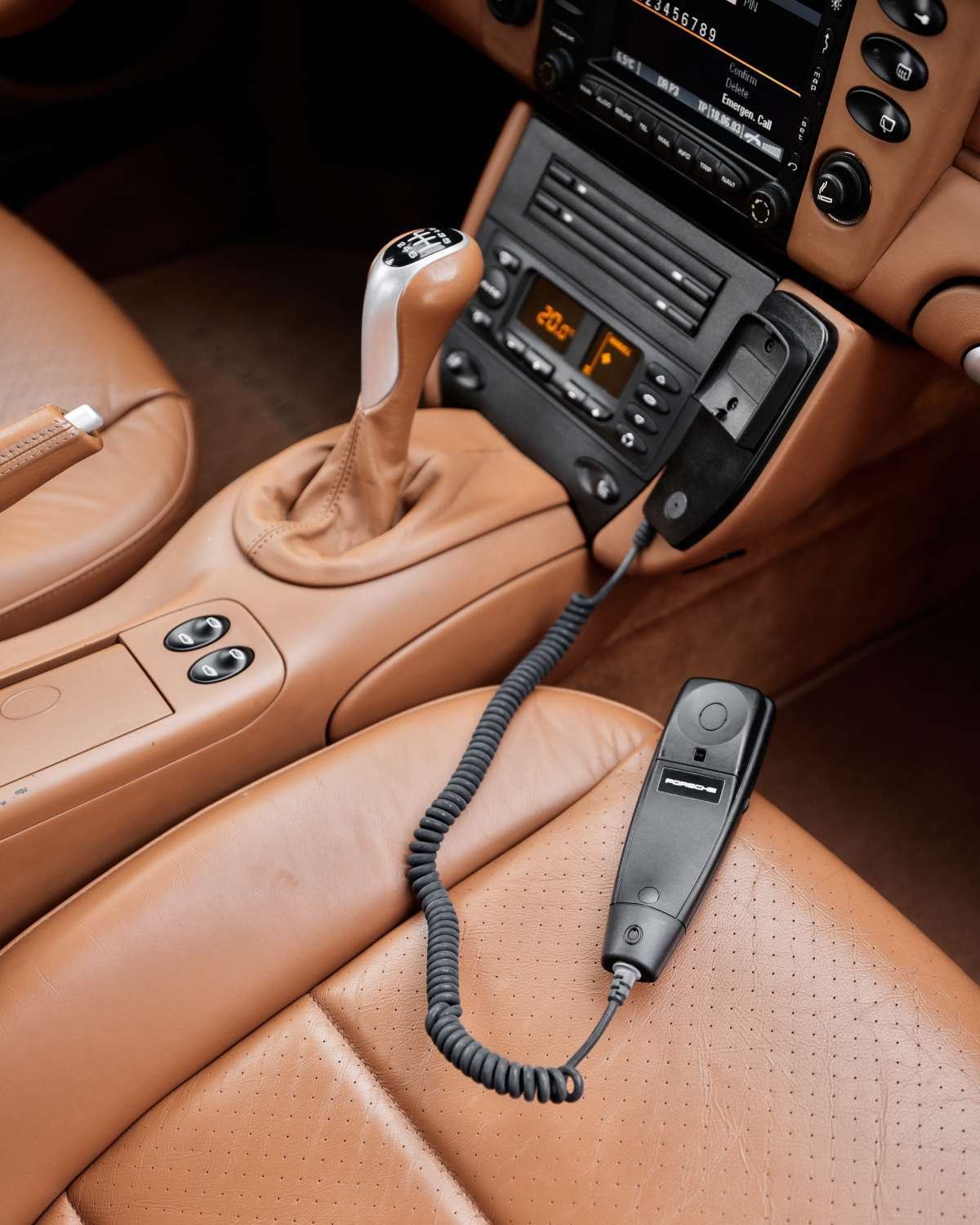
Although the remote central locking system in the Porsche 996.2 generally switches off after two weeks, the battery still tends to run down after the winter. It should be checked regularly and, at best, a trickle charger should be connected during hibernation. The cause of the rear spoiler not extending, on the other hand, is usually mechanical rather than electrical. In the case of a convertible, a defective handbrake switch can cause the soft top to no longer open/close.
Porsche 996 Carrera 3.6/4S (or 996.2 Carrera) Buyer’s Guide – Engine
Although Porsche installed a revised power unit in the 996 Carrera 3.6/4S, some design weaknesses remained. And a Porsche 996.2 Carrera buying guide would not be complete without the terms crankshaft oil seal, intermediate shaft bearing and piston rocker. (Important to note in advance: only a very small percentage of engines are actually affected by these problems). Defective rear main seals were also an issue in the 996 Carrera 3.4. One indication of this is oil leaks between the engine and transmission. Not the end of the world, but a replacement nowadays quickly costs 2,000 euros.
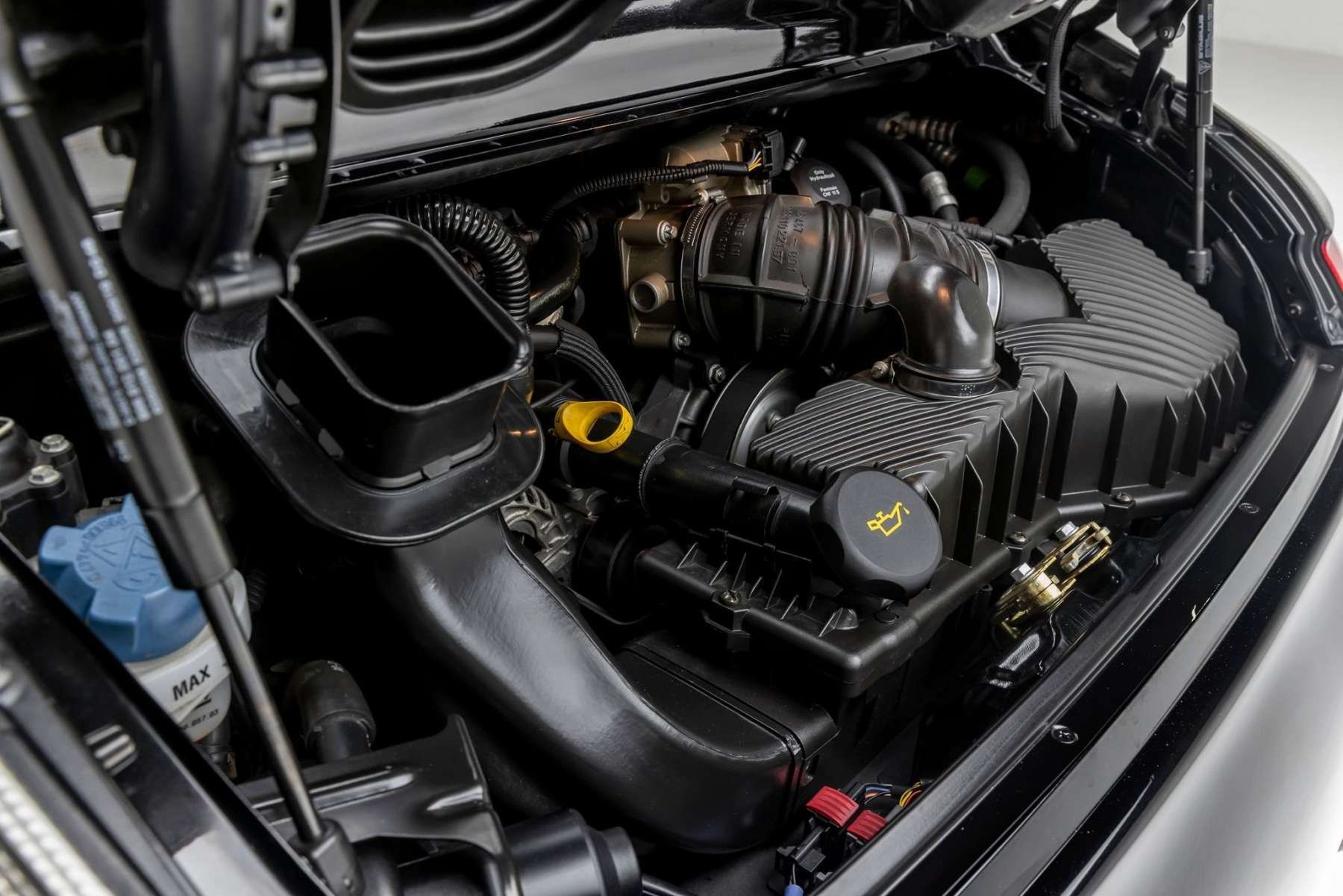
But an oil leak at this point can also indicate an even more serious problem. Just below the crankshaft seal is the now infamous intermediate shaft bearing (IMS). If it is defective, oil can also leak out here. However, this symptom is harmless compared to possible engine damage as a result. This is because the intermediate shaft drives the camshaft timing chains. A defect therefore often means capital, irreparable damage. In the best case, both the crankshaft oil seal and the intermediate shaft bearing should be replaced as soon as a leak occurs.
Undersized cylinder wall thicknesses and oil supply plague M96 engines
The third core problem of the M96/03 is piston skew. This means that the piston has increased play as a result of permanent cylinder deformation. It tilts back and forth, temperatures increase, and the lubricant film can break off. This phenomenon was also not new and already an issue with the 3.4 liter engine. In combination with cylinder wall thicknesses that are presumably too thin, it also leads to capital engine damage in the worst case. The larger engines of the M96 family are affected even more frequently. Due to the larger stroke, it reaches higher piston speeds and thus also generates more heat.
This problem is fueled by the integrated dry sump lubrication system. Unlike classic dry sump lubrication, it has no external oil tank. At high centrifugal forces, the oil pressure can therefore drop and cause major damage. Remedies for these problems are also available from a whole range of specialist companies. By no means all engines are affected. But symptoms such as bluing when starting, unusual noises and leaks should be taken very seriously in the 996.2 Carrera. If you wait too long, you risk that the engine can no longer be saved.
Ignition coils and engine mounts are also wearing parts that you should always be prepared to replace after 100,000 kilometers. The exhaust systems on the Porsche 996 Carrera 3.6 also tend to rust on the flanges over the years. Replacement with original parts is so expensive, especially for the flap exhaust, that in most cases a system from the accessories is used.
Porsche 996 Carrera 3.6/4S (or 996.2 Carrera) Buyer’s Guide – Gearbox & Drivetrain
The six-speed manual transmissions of type G96/01 for two-wheel-drive and G96/31 in the all-wheel-drive models of the Porsche 996.2 Carrera are largely identical to those of the predecessor. Gear ratios and final drive ratios also remain unchanged. Apart from the synchronizer rings of the first two gears wearing out under excessive stress, both are considered to be unproblematic.
On the other, the five-speed Tiptronic S has been extensively revised. The A96 transmission’s gear ratios are significantly tighter than in the 996 Carrera 3.4 and almost identical to the Tiptronic S in the 996 Turbo. Only the final drive is shorter than in the top-of-the-line 911, which easily sails past 300 kph. The Tiptronic is also one of the uncomplicated representatives and shines with great long-term quality.
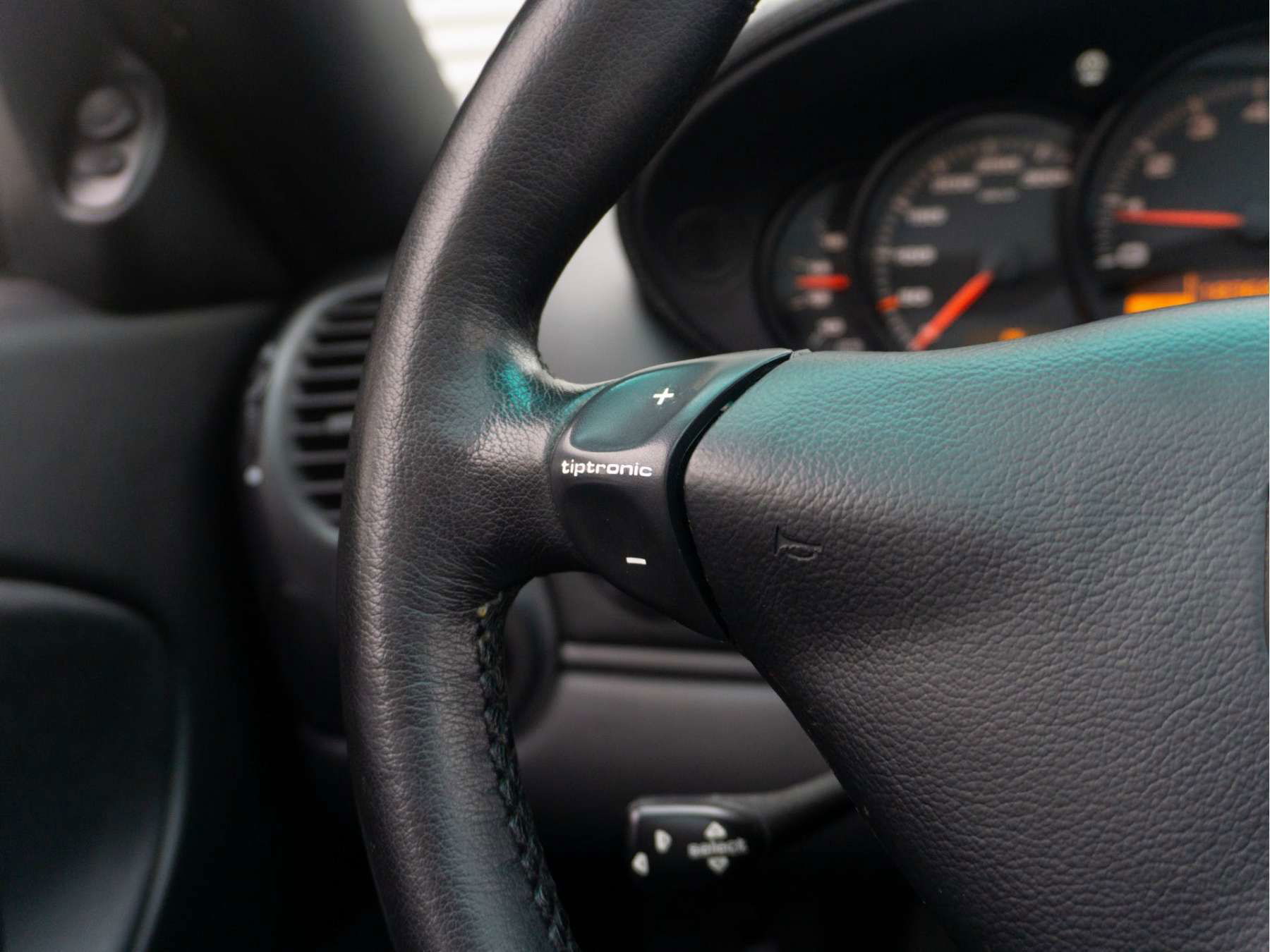
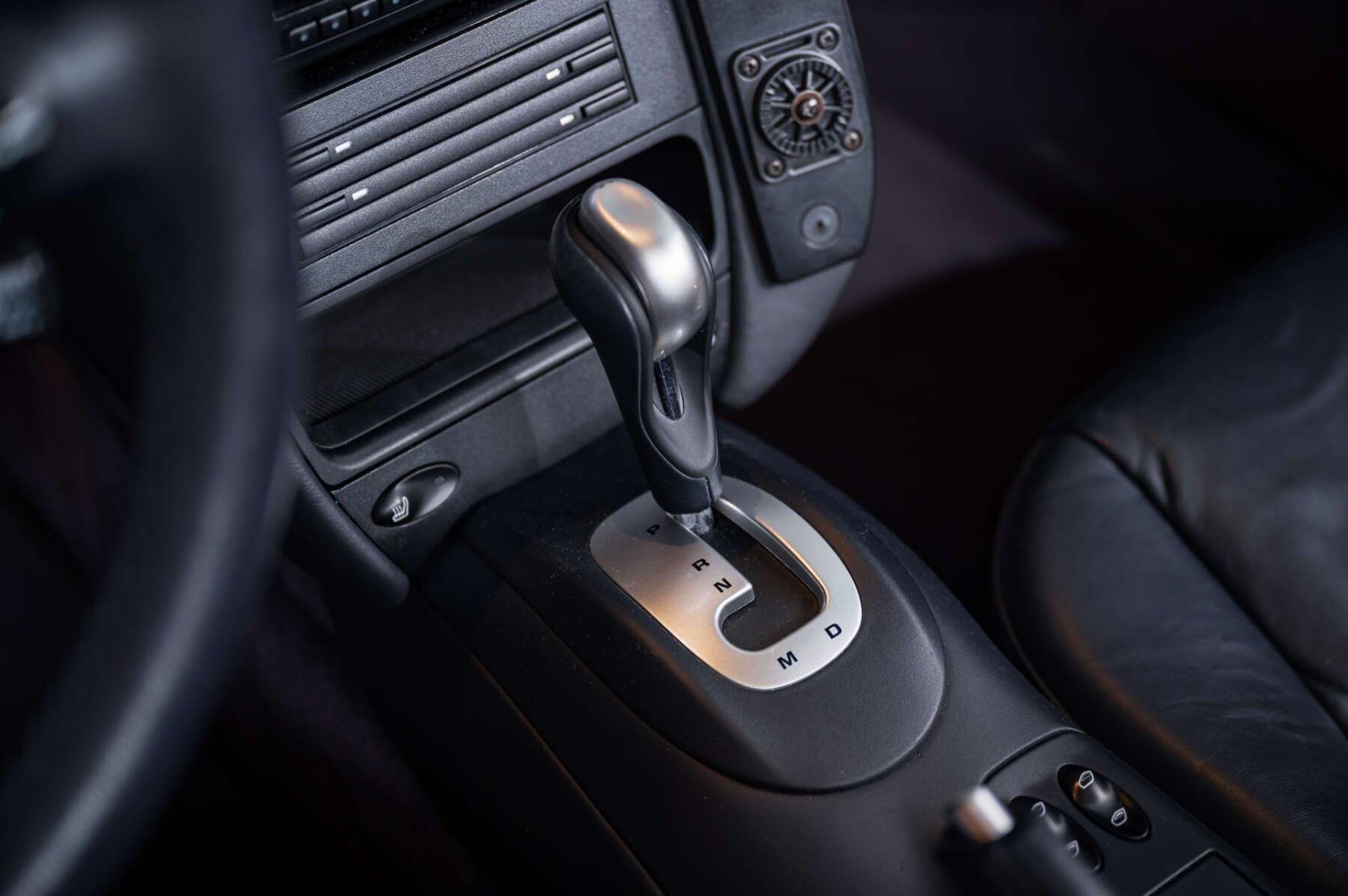
Porsche 996 Carrera 3.6/4S (bzw. 996.2 Carrera) Kaufberatung – Brakes & Suspension
The Porsche 996.2 Carrera is pleasantly inconspicuous in terms of suspension and brakes. There were practically no teething troubles. Its braking system still provides formidable deceleration today. Since the Porsche 996.2 Carrera 3.6 was not available with Porsche Ceramic Composite Brakes (PCCB), there is no huge cost trap lurking in case of doubt when the wear level of the disc and/or lining is reached. The situation is different with the Carrera 4S. This was available with PCCB as an option from model year 2003. The brake calipers are very robust, provided the car has not been parked near the coast for years.

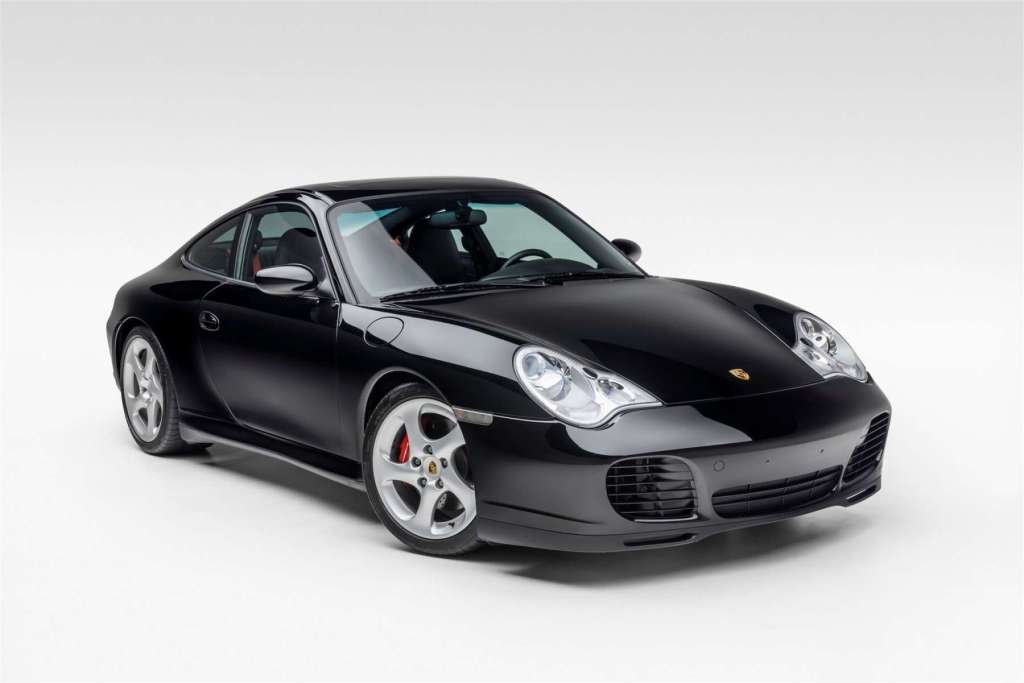
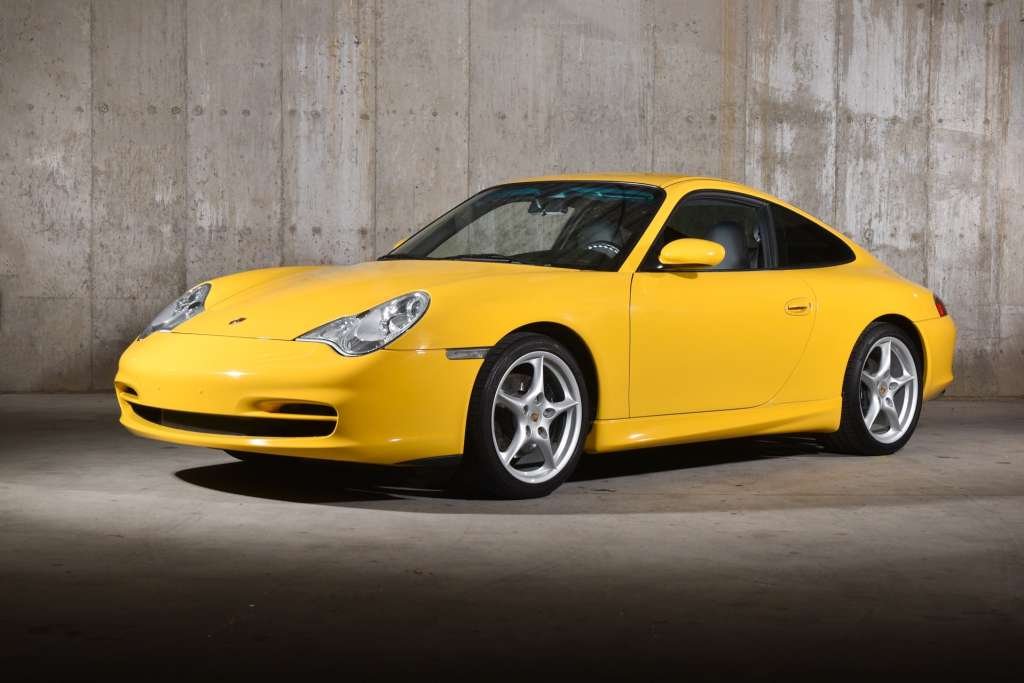
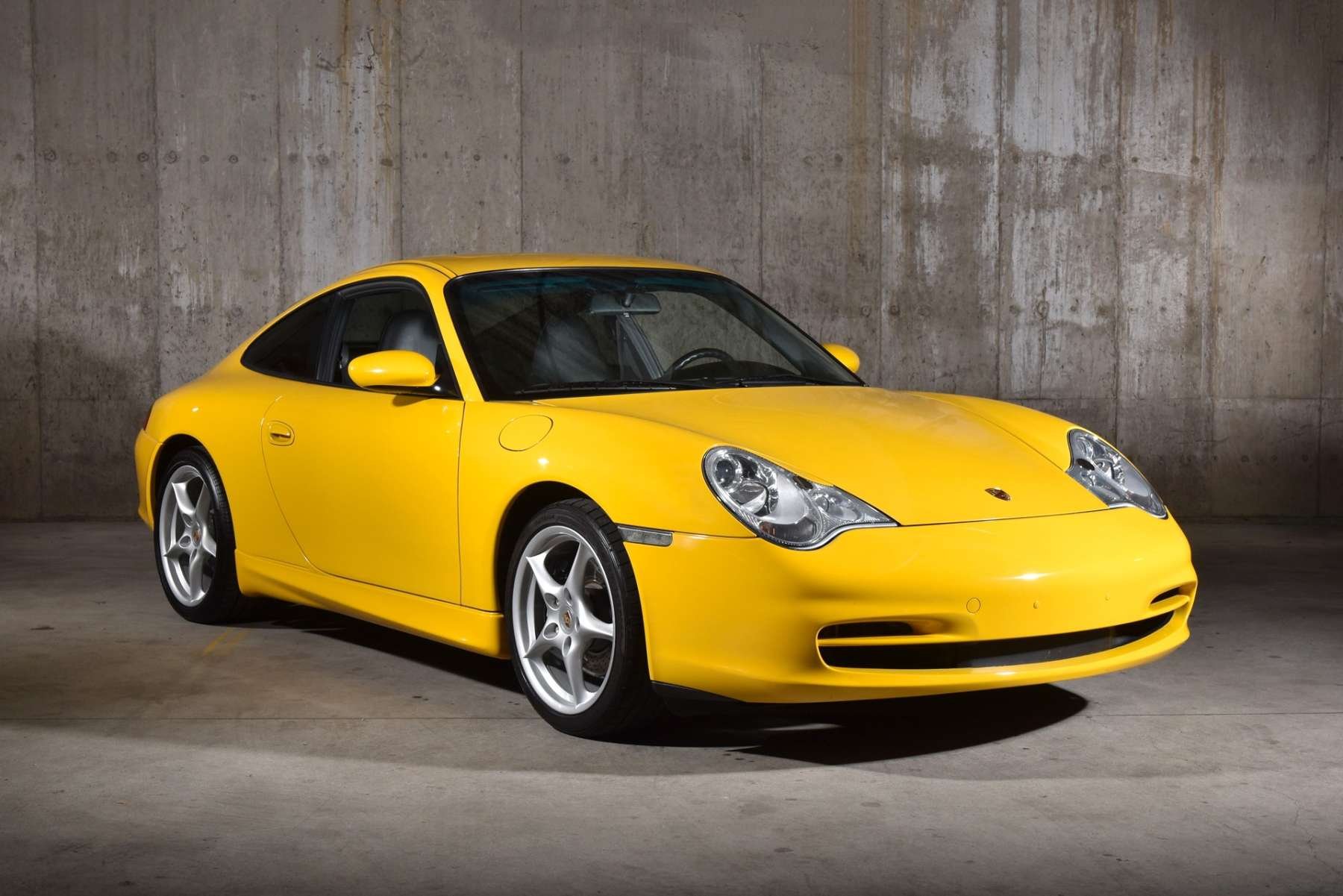
The chassis themselves are also real endurance runners. Dampers rarely leak. Bearings and control arms can also withstand a lot. Here, normal wear is more of an issue than design weaknesses. With a 20-year-old Porsche, you should however have a low, four-digit budget in reserve, especially for these parts. Often, the way to go is to a good aftermarket suspension from a well-known manufacturer. The 996 Carrera 3.6/4S’ handling benefits massively from modern dampers.
Conclusion and purchase recommendation
Even though the Porsche 996 is now maturing into a recognized and broadly accepted classic, it is still the most affordable way to drive a 911. And that’s despite the fact that the price level has risen considerably in recent years. Although the early 3.4-liter models (996.1) have caught up quickly, the 996.2 Carrera 3.6 or Carrera 4S still costs a bit extra.
However, the price is heavily dependent on the equipment. Carrera 4 Cabriolets with Tiptronic cost a few thousand less than a rear-wheel-drive Porsche 996 Carrera 3.6 Coupé with manual transmission and, at best, factory performance upgrades. Depending on color and interior, we’re talking about a 10,000 euro difference. A well-equipped rear-wheel-drive Porsche 996 Carrera 3.6 would be the best choice for sporty drivers because of its high agility and low weight (under 1.4 tons) and, what’s more, its appreciation in recent years.
If you want the wider 911 Turbo hips, there’s no getting around the beguilingly beautiful 996 Carrera 4S, of course. For the sporty driver, however, it is – just like the Carrera 4 – not the first choice. The 60 kilograms more in the Carrera 4 and even 125 kilograms more in the 4S make only marginal differences in acceleration, but the additional load is particularly noticeable in fast turns. That’s why the 4S – like the Targa – is more of a very sporty grand tourer than a trackday weapon.
The most affordable 911 is also one of the most versatile
The exceptionally rare Porsche 996 Carrera “40 Years 911” anniversary model stands somewhat on its own. Prices have roughly doubled in the past five years. Anyone who can get their hands on a Jubi-996 at a reasonable price should strike. Even if the narrow body with 4S front skirt and side skirts in GT3 style is not everyone’s cup of tea, it stands out. Value retention is guaranteed in any case.
The Porsche 996.2 Carrera is currently probably the 911 that is best enjoyed without regard to mileage and depreciation.
Richard Lindhorst, Elferspot
Basically, the 996 Carrera 3.6/4S is worth a sin in any variant. Its chassis impresses with very modern handling and comfort. At the same time, the interior noise level is reasonable, interior space is good, and the trunk is also sufficiently sized. In short, the Porsche 996.2 still drives like a relatively up-to-date car. At the same time, however, it remains pleasantly small in proportion and can be used all year round thanks to its excellent corrosion protection. At the moment, it’s probably the 911 that’s best enjoyed without regard to mileage and depreciation. Finally, a phrase that you hear more and more often and with which we unreservedly agree: “They’ve aged really well!”
© title image: Porsche
Specifications & Technical data:
- model year: 2002-2005
- model name: Porsche 996 Carrera 3.6/4S (often 996.2 Carrera, Carrera 4/4S)
- engine layout: 6-cylinder Boxer engine (watercooled)
- engine capacity (ccm): 3,596
- bore x stroke (mm): 96 x 82.8
- engine power (kW/hp): 221/320 (345 with factory power upgrade) at 6,800 rpm
- engine torque (Nm): 370 at 4,250 rpm (WLS: 370 at 4,600 rpm)
- compression ratio: 11.3 : 1
- valvetrain: DOHC (dual overhead camshafts), 4 valves per cylinder, VarioCam Plus
- injection: manifold injection
- ignition: single ignition
- gearbox: 6-speed manual or 5-speed Tiptronic S
- wheels: front / back 7 J x 17 / 9 J x 17, optional 8 J x 18 / 10 J x 18 (Carrera 4S: 8 J x 18 / 11 J x 18)
- tires: front / back 205/50 ZR17 / 255/40 ZR17, optional 225/40 ZR18 / 285/30 ZR18 (Carrera 4S: 225/40 ZR18 / 295/30 ZR18)
- brakes: front 318 mm, rear 299 mm ventilated and slotted discs with four-piston fixed-calipers, optional on 4S: PCCB with 350 mm ceramic discs, six-piston fixed-calipers front and four-piston fixed-calipers at the rear
- wheelbase: (mm) 2350
- dimensions l x w x h (mm) 4430 x 1770 x 1305 (Carrera 4S: 4435 x 1830 x 1295)
- kurb weight: 1,345 – 1,425 kg (Carrera Coupé) / 1,425 – 1,505 kg (Carrera Cabrio) / 1,405 – 1,485 (Carrera 4 Coupé) / 1,485 – 1,565 kg (Carrera 4 Cabrio) / 1,415 – 1,495 (Targa) / 1,470 – 1,550 (Carrera 4S Coupé) / 1,565 – 1,620 kg (Carrera 4S Cabrio)
- acceleration 0 – 100 kph: Carrera/Carrera 4: 5.0 / 5.5 s, with WLS 4.9 (Coupé, manual / Tiptronic S), 5.2 / 5.7 s mit WLS 5,1 (Cabrio, manual / Tiptronic S), Carrera 4S: 5.1 / 5.6 s (Coupé, manual / Tiptronic S), 5.3 / 5.9 s (Cabrio, manual / Tiptronic S)
- top speed (kph): Carrera and Targa: 285 / 280, Carrera 4S: 280 / 275 (manual / Tiptronic S)
Important note: We go to great lengths to illuminate the most important topics and facts and to discuss them conscientiously. Nevertheless, we can not guarantee completeness and accuracy. Our editors work to the best of their knowledge and belief. An Elferspot Buyer’s Guide can only be part of an overall assessment and should not be used exclusively for a purchase decision.
Elferspot magazine
You have reached your article limit for this month.
Become an Elferspot Member now and get unlimited access to our Elferspot Magazine and other features!
- No obligations or charges.
- We help you find your dream car: get newly added cars straight into your mailbox.
- Your own watch list for your favorite cars.
- Unlimited access to Elferspot Magazin.
- -10% welcome discount for Elferspot textile products
- Successfully sell your Porsche via Elferspot.
